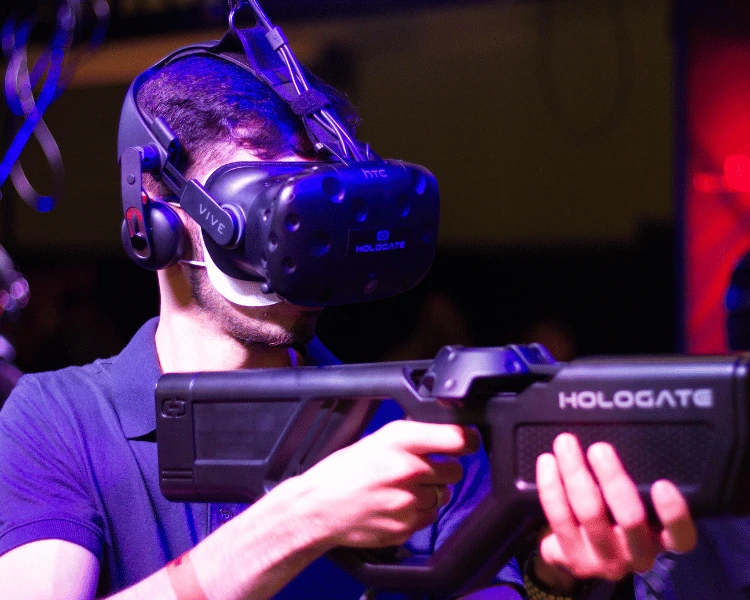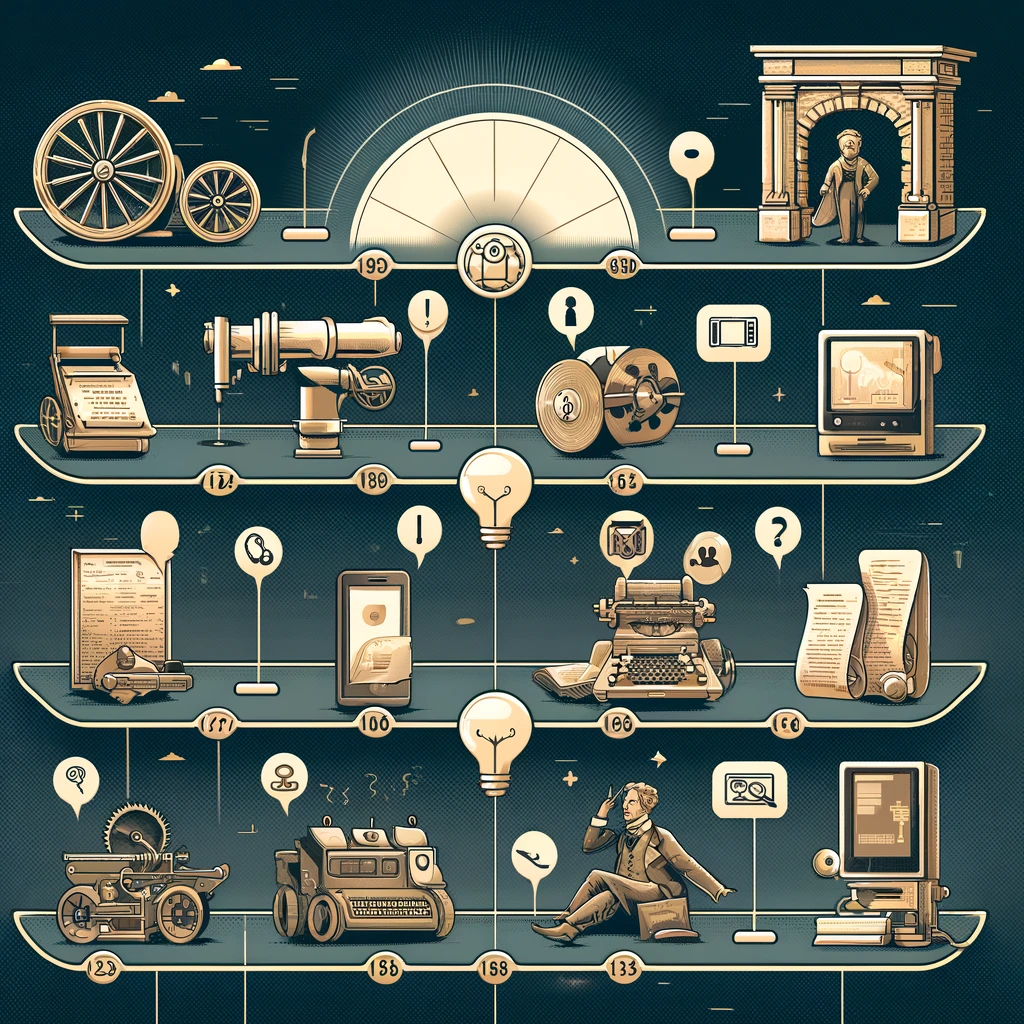Rapid technological advances have brought significant transformations in the world of DIG games, and their presence in virtual reality. This progress has not only revolutionized the way we play and try games but has also profoundly impacted the entire entertainment industry. From 2D games to immersive 3D experiences. Technological developments have played a pivotal role in taking games and virtual reality to new heights. In this article, we will delve into the technology development in these areas, and its profound impact on the entertainment industry.
From Super Mario to hyper-realistic
The journey of Digital Games began with classic games such as Super Mario and Pac-Man. It features graphics and simple gameplay, you must have tried it. Today, the development of microprocessors, GPUs, and display techniques has led to very realistic images in games like Call of Duty, FIFA, and many more. These vibrant graphics take players into neatly designed virtual worlds. It allows them to interact with them more realistically and attractively.
Virtual Reality (VR) in Digital Games

It is an interactive experience that uses VR technology to create 3D environments that look very realistic and allow the user to integrate and interact with them. VR technology uses glasses, helmets, headphones, and other motion-tracking devices to move users into seemingly realistic, but fully digital environments. Players can walk around in 3D environments. Interact with objects and characters, and participate in events and challenges in the game. Thanks to the advanced technologies used in virtual reality, the player’s senses can be further embodied. Which promotes excitement in the game and creates an interesting and unforgettable experience. Gaming types also vary to match players’ interests. Games in virtual reality can include adventure games, sports, horror games, etc. All of these games are highly interactive and accurate control.
Augmented Reality (AR) in Games

Augmented reality blends virtual elements with the real world seamlessly. Through mobile devices, custom speakers, or augmented reality devices, users can interact with digital objects and characters within their physical surroundings. For example, in the popular game Pokémon Go, players use their smartphones to watch the real world through the device’s camera. The virtual Pokémon characters are displayed on the screen. Players can see, interact with, and capture these virtual creatures, as well as engage in battles as if they were in the real world. Another example is the Minecraft Earth game, where players can build and explore virtual structures in their actual physical environment. Using their smartphones or devices that support augmented reality technology, players can place virtual blocks and objects in their realistic surroundings. This reflects how augmented reality improves gameplay.
You may also like: Deep Intelligence Technology: A Revolution in Data Analysis and Smart Application Development.
Cloud Digital Games

Cloud Digital Games eliminated the need for powerful gaming devices. Using cloud gaming services. Players can access an extensive library of games without the need for expensive controllers or custom computers for games, making games more easy and convenient. One notable example of cloud gaming is Google Stadia. Using Stadia, players can stream high-quality games directly to their devices through a dedicated web browser or app. Games run on Google servers. Video and audio are broadcast back to the player, allowing play without having to download or install games locally. Another example is NVIDIA GeForce Now, a cloud gaming service that allows users to stream games from their favorite libraries on different devices. This technology has transformed the entertainment industry by making games easy and available worldwide.
The technology development in Digital Games revolutionized the entertainment industry, offering enhanced interactive experiences and expanded accessibility. Toy industry technology not only shapes the future of entertainment. They also push the limits of what is possible in the world of human-computer interaction. With all the progress, they pave the way for new adventures and experiences that capture users around the world. This ensures that the intersection of technology and entertainment remains a source of excitement and inspiration for future generations.


